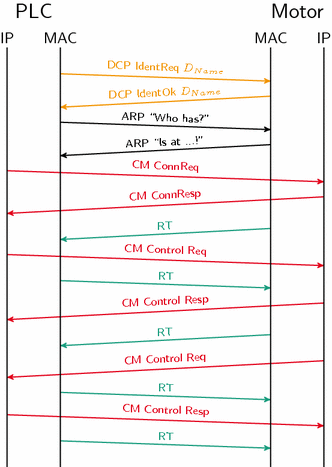

While past investigations have focused on Hopewell economies, mortuary practices, sociopolitical interaction, social stratification, and symbolism, the reason for the rapid cultural decline of the Hopewell ~ 1,600 B.P. The earliest investigations of Hopewell archaeological sites began in the eighteenth century and accelerated during the late nineteenth and twentieth century, resulting in detailed site maps, chronometric ages, and artifact provenances 23, 24. The greatest concentration of Hopewell archaeological sites occurs in the Ohio River valley with the largest ceremonial centers (hundreds of hectares) located along the tributaries of the Scioto and the Little and Great Miami rivers 23, 24. The spatial and temporal distribution of Hopewell archaeological sites are associated with a stable and sedentary society with a political hierarchy. Distinctive symbols, artwork, and exotic goods, which have been traced from unprecedented continental distances of more than 2400 km indicate that the Hopewell had a widespread social network between ~ 100 BCE and 400 CE, which spanned the Atlantic Ocean to the Rocky Mountains and from Canada to the Gulf of Mexico 22. The archaeological hallmarks of the Hopewell include monumental landscape architecture-the largest geometric earthen enclosures in the world, intricate water management systems, massive burial mounds, and extensive ceremonial centers 20, 21. Genetic analyses demonstrate that modern Native Americans are the direct descendants of the Hopewell 18, 19. We use radiocarbon and typological dating to determine the timing of the event and we suggest that it may have contributed to the social decline of the Hopewell.

Here, we present the results of an interdisciplinary examination of multi-proxy evidence for a Hopewell comet airburst event from the systematic investigations of eleven archaeological sites in the Ohio River valley. Comets contain a variety of meteoroids with different elemental and mineralogical composition. It is possible, however, that many of the Hopewell meteorites resulted from a single cosmic airburst event. The spatial distribution, contexts, and diverse composition of Hopewell meteorites has been explained as acquisition through long-distance exchange systems and trade networks 13, 14, 15, 16, 17. They include iron meteorites (e.g., ataxites, hexahedrites, octahedrites), stony iron meteorites (e.g., mesosiderites, pallasites), and stony meteorites (e.g., olivine hypersthene chondrites) 12. In the western Hemisphere, Hopewell archaeological sites in the Ohio River valley contain an anomalously high concentration and diversity of meteorites when compared to all other cultural periods. Comet airburst events produce meteorites, iron (Fe) and silicon (Si) rich microspherules, and positive anomalies of iridium (Ir) and platinum (Pt) 9.Īrchaeological evidence of ancient cosmic impact events has been recovered from archaeological sites of various ages in Europe, the Near East, and China 10, 11. If a comet fragment fell into the high-pressure air of earth’s thermosphere, an explosion, known as an airburst, would release a devastating high-energy shockwave over a large area resulting in burned agricultural fields, buildings, and forests as evidenced by the Tunguska event of 1908 8. In some cases, comets such as SL9 break apart and impact planets 7.

At this time, human communities and the resources they needed for survival were at a heightened risk of being destroyed by a comet airburst event.Ĭomets are dirty fractured snowballs composed of cosmic dust, frozen gases, and meteoroids 6. Between 1,8 years ago (220 and 589 CE), Chinese astronomers documented 69 near-Earth comets (< 1.3 au and a period of revolution < 200 years), including Haley’s, which came within 0.09 au of earth in 374 CE (1646 B.P.) 5. and ~ 3000 B.P.), and one in Jordan (~ 3,700 B.P.), suggests that these natural catastrophes are far more common than previously suspected 3, 4. The recent discovery of two Holocene cosmic impact events in Argentina (~ 6000 B.P. Both of these events are associated with global mass extinctions and they occurred before humans culturally evolved into complex, sedentary, agricultural-based societies. Direct positive evidence of catastrophic cosmic airburst and impact events have been found in the Western Hemisphere at the Cretaceous and Tertiary (KT) boundary ~ 65 million years ago and at the Younger Dryas (YD) boundary ~ 12,800 years ago 1, 2.


 0 kommentar(er)
0 kommentar(er)
